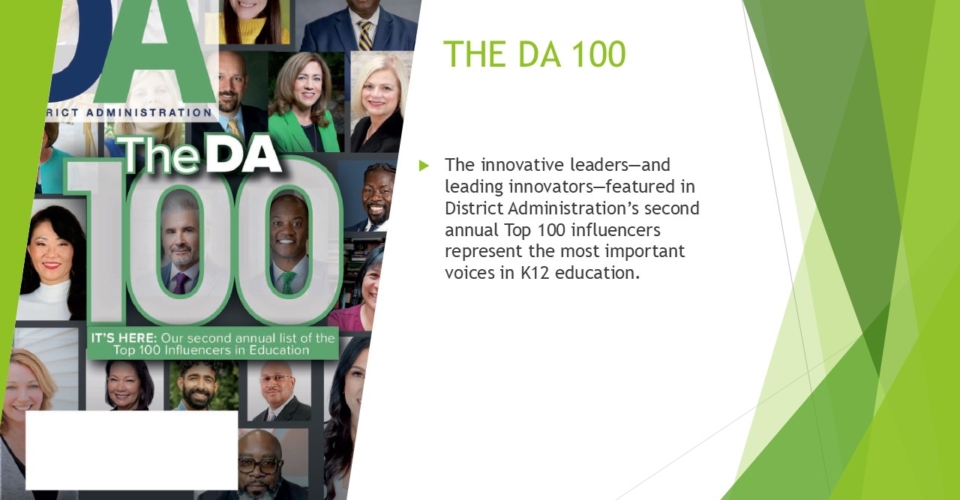Superintendents and principals have long puzzled over how to smooth big K12 transitions, such as the leap from elementary to middle school. Michigan’s Orchard View Middle School has answered the question with a bold experiment: a school-within-a-school, powered by project-based learning, for sixth graders who are now enjoying more relevant instructional experiences, Principal Joshua Smith asserts.
“We had this hypothesis that we needed to do something different with our sixth graders,” says Smith, whose building is part of Orchard View Schools in Muskegon. “We wanted to tackle … how we can connect with our sixth graders in a way that better engages them in school and community. How do we engage them so that they’re having an authentic experience and they’re enjoying their learning?”
Orchard View Middle partnered with the Human Restoration Project, a child development nonprofit, to conduct focus groups in which students were asked what would make them feel a stronger sense of belonging at school and how they could get the most out of their learning. The program that emerged paired a cohort of sixth graders with a team of four teachers who now provide interdisciplinary projected-based learning.
More from DA: Experts list 6 things that will strengthen school climate in 2024
To be able to kick the program off at the beginning of this school year, Smith sought teachers who were excited about the experiment and, with more help from the Human Restoration Project, provided professional development and time to plan the curriculum over the summer of 2023.
Smith and his team have secured a five-year, $4-million federal EIR grant, which will also University of Virginia researchers to track how the school assesses progress based on student portfolios, which the school is calling “learning journeys.” The grant will fund field trips and provide each cohort with $12,500 for supplies.
“The biggest challenge for PBL is the cost,” Smith adds. “We want these to be authentic experiences. We want the kids rolling their sleeves up and working together and bring ‘courageous collaborators.'”
Cooking with core subjects
Each project students work on will combine the four core subjects: English language arts, math, science and social studies. The first project, which students completed this fall, focused on healthy living and eating and included field trips to urban farms and a culinary arts program at nearby Baker College. The students created healthy eating infomercials and posters to spread the word about their learning and spent plenty of time in the kitchen.
“While they’re cooking, they’re doing the math and their science and their ELA,” Smith notes. “They’re doing all of the subjects while they’re exploring and they have their learning journey at the very end.”
An upcoming group project will task students with designing a school kitchen with a $125,000 grant from Orchard View’s food service provider. Among the already visible outcomes of the school-within-a-school is an improving learning environment in a county that grapples with chronic absenteeism due to a large transient population, Smith attests.
Sixth-grader teachers have also made fewer office referrals for disruptive behavior this school year. “We’re seeing higher engagement and less discipline,” he says. “We’re going to focus on building that community and creating experiences so kids want to come to school and value coming to school,” Smith explains. “I don’t want them to feel like they’re just coming in and going through the motions.”
The PBL school-within-a-school has the full support of Orchard View Superintendent Jim Nielsen. “We’re recognizing students don’t necessarily learn all the same way and they certainly are not learning the way they did 20 or 30 years ago,” Nielsen concludes. “When you look around education, one of the biggest issues we have is we’re still doing things the way we did 20 or 30 years ago.”
District Administration’s Superintendent’s Playbook series examines how superintendents, principals and other administrators are solving common problems that today’s educators are facing.



